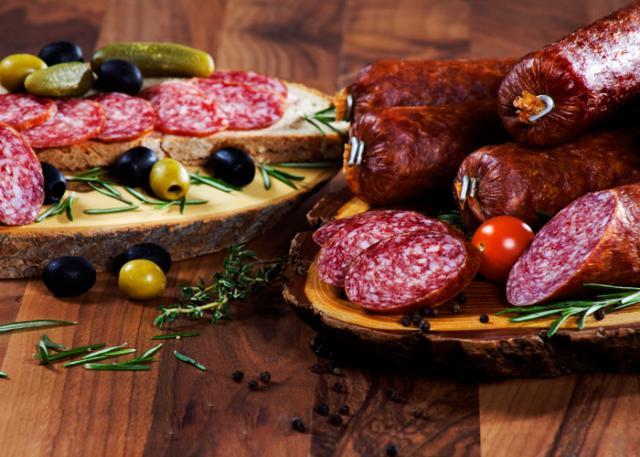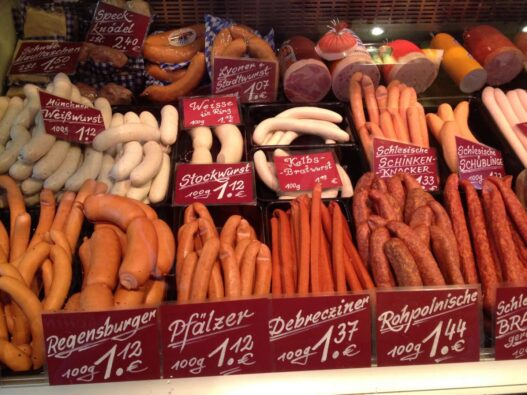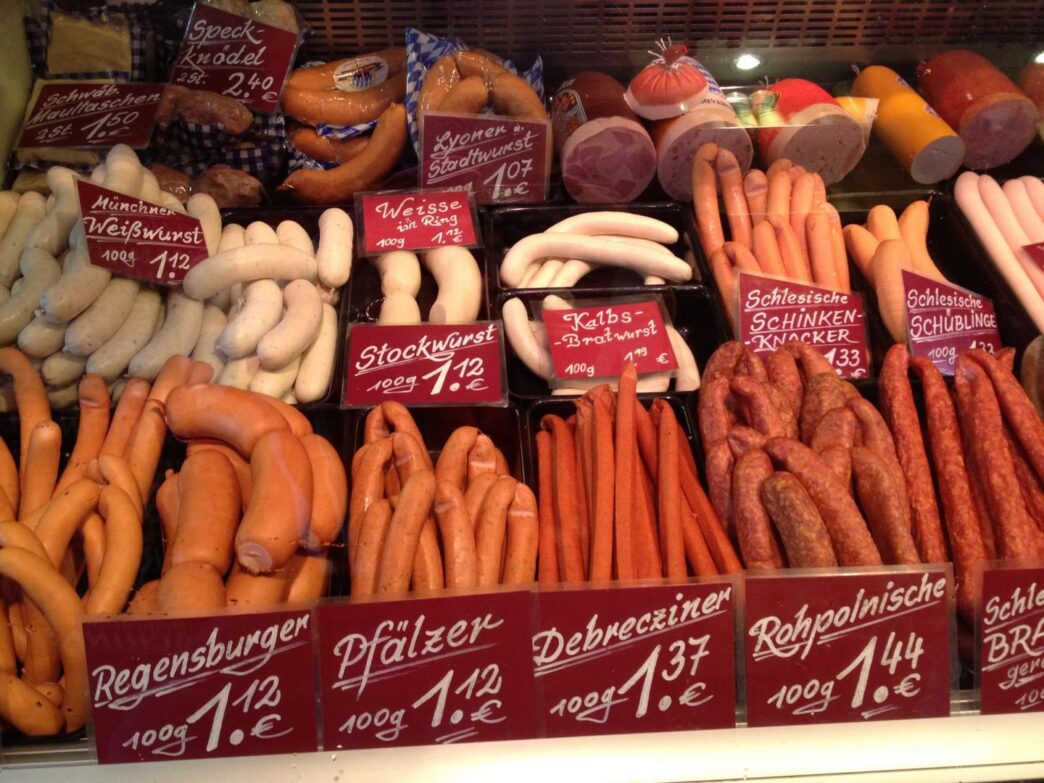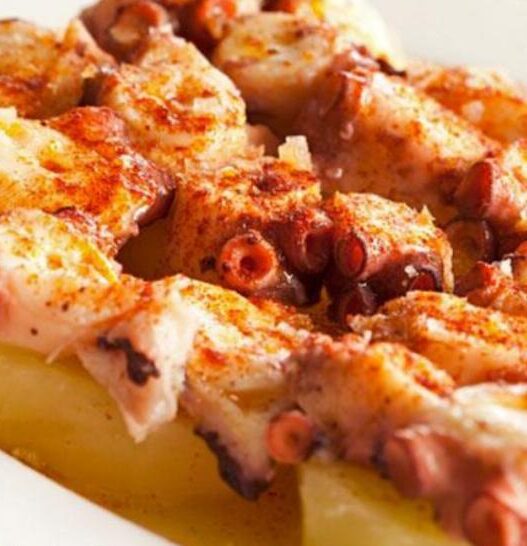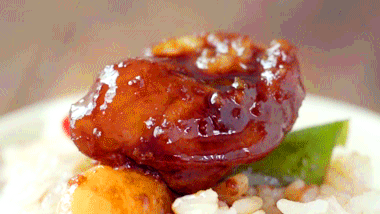Many people’s impression of German cuisine is as serious, monotonous, and uninteresting as the German people themselves, with beer, sausage, and pork knuckle pretty much summing up German food. A friend once jokingly said that Germans are too busy making precision instruments to have time for culinary exploration.

In fact, the rustic and somewhat rough exterior of German food completely masks its vibrant, “subtly flamboyant” interior. If there’s a food that can have 1000, even 1500 variations, you’ll only find it in Germany!
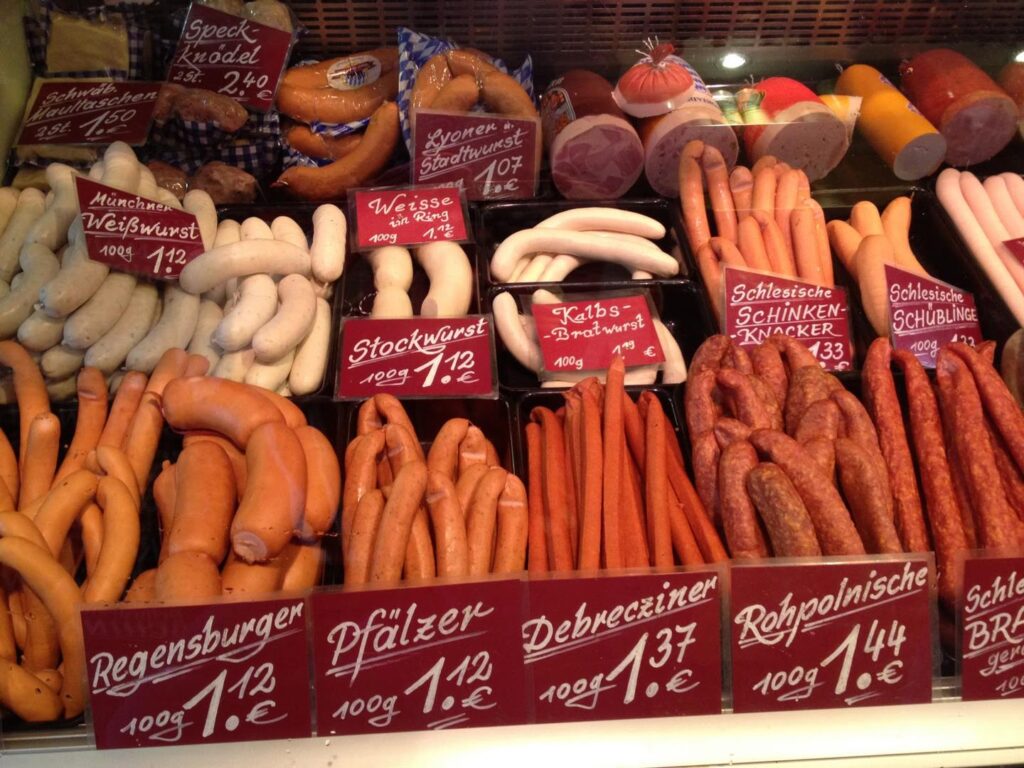
Like the French love for cheese, sausages hold a special significance for Germans. On average, each German consumes 30 kilograms of sausages a year! Germany, with its over 1500 varieties of renowned sausages, is often called the “Sausage Republic,” where every region boasts its own proud sausage specialties. Almost every type of meat and even vegetables can be presented in the form of sausages in Germany, with over 780 types of boiled sausages alone. German sausages are made entirely from fresh meat paste, unlike some domestic sausages that might include a lot of starch as filler.

Anyone who has visited Germany will surely have tried 5-10 types of sausages, experiencing the German’s practicality and generosity, and uncovering the subtle and deep affection hidden in the German heart! If you’ve tried German sausages, you’ll fall in love with them completely!

At noon, when the sausage business is at its peak, you can grab a sausage sandwich for just 1-2 euros while enjoying the beautiful landscapes and folk customs of Germany. Such a sausage feast is not to be missed!
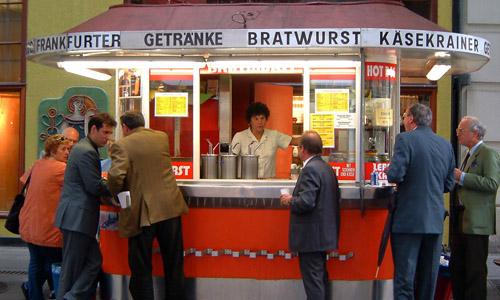
In Germany, sausages can generally be categorized into three types based on their preparation: grilled sausages (Bratwurst), boiled sausages (Blühwurst), and raw sausages (Rohwurst). According to statistics, grilled sausages are the most popular, followed by smoked black beer sausages and Munich white sausages. Additionally, raw sausages like salami, blood sausage, and tea sausage are also quite favored.
1、Grilled Sausages (Bratwurst)
Nürnberg Sausages (Nürnberger Rostbratwürsten)
These are the most famous local snacks in Nuremberg, resembling Carrefour’s thumb sausages in appearance, only 7-9 cm long. Legend has it that a woman, wanting to sneak sausages to her imprisoned relative, made them small enough to fit through the keyhole of the prison. Locals imitated this, leading to the creation of the Nürnberg sausage. Now, a serving usually includes 6-12 of these miniature sausages, along with potato salad and sauerkraut, ensuring you won’t go hungry.
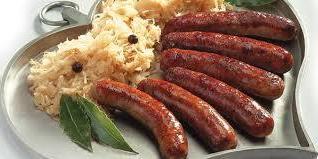
Thuringian Sausages (Thüringer Rostbratwurst)
A specialty of Thuringia with centuries of history, these sausages are 15-20 cm long, made from minced pork mixed with marjoram, pepper, salt, and other spices, then grilled over charcoal on a rack coated with bacon fat. Thuringian sausages are the most common sight on German streets, typically enjoyed with mustard or ketchup in a bun. When you’re starving, you can’t help but take a big bite, filling both your mouth and stomach with satisfaction.
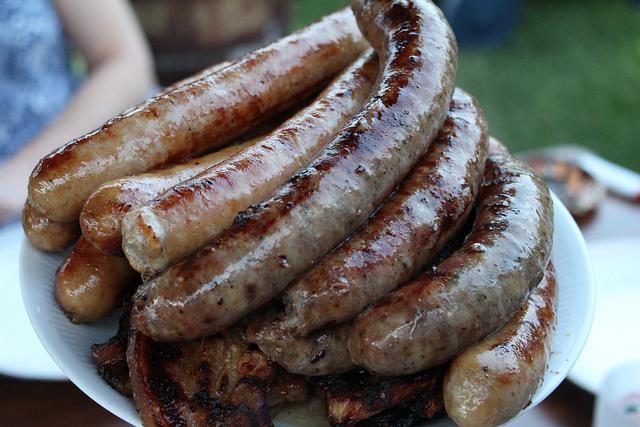
Currywurst
Born in post-war Berlin in 1949, when a lady named Herta Heuwer obtained curry powder from British soldiers and invented this now-iconic German sausage. McDonald’s even introduced a special currywurst in Germany. The sausage is grilled, cut into small pieces, and topped with tomato sauce, curry powder, and various spices, often served with fries or bread. This scene is common on Berlin’s streets. The spicy-sweet taste is loved by urban white-collar workers, and Berlin even has a Currywurst Museum to showcase and promote this cultural phenomenon.

Here’s a fun fact about currywurst: In the German sausage family, currywurst has been a “non-partisan national dish” for decades. During election campaigns, politicians must perform the “currywurst show” for the cameras, signaling to the public, “I’m one of you,” to win voter favor, highlighting currywurst’s status in German hearts.

2、Boiled Sausages (Blühwurst)
Smoked Black Beer Sausages (Bockwurst)
The most common in German supermarkets, these sausages are made from ground beef and pork, seasoned with salt, pepper, marjoram, chives, etc., and boiled. They have a texture similar to a juicy hot dog, with a crispy exterior and tender, flavorful meat inside. Enjoyed with mustard (Senf) and a glass of black beer, it’s perfect!

Their affordability makes them a favorite among students, often appearing in homemade lunches.
Vienna Sausages (Wiener Wurst)
Named after Vienna (Wien), these sausages were invented by a German butcher who moved to Vienna. The filling is mainly a mixture of minced beef and pork, now famous worldwide. Vienna sausages are mostly boiled and are convenient and tasty when served in a bun.
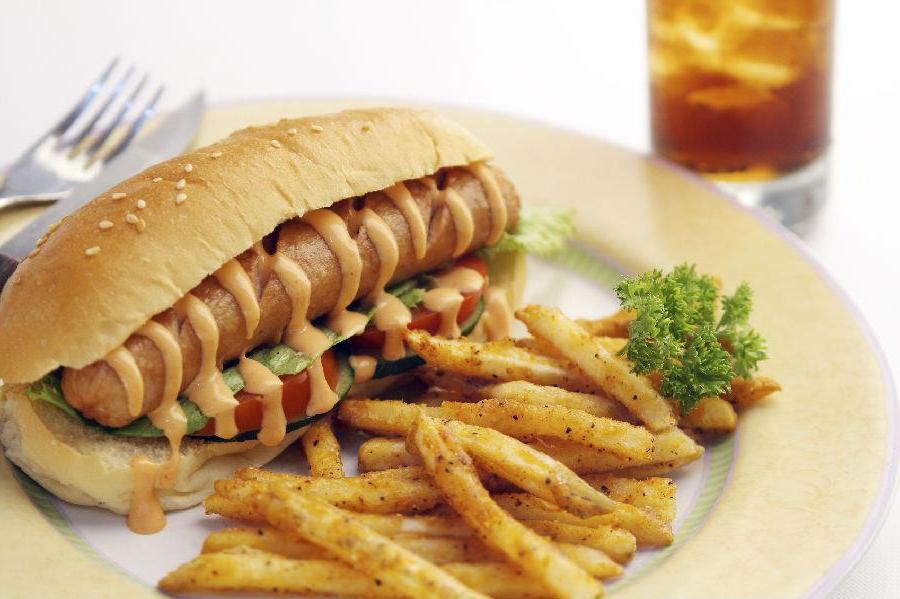
Munich White Sausages (Münchner Weiβwurst)
A specialty of Bavaria in southern Germany, named for their white appearance. These sausages, 12-15 cm long, are particularly juicy, with at least 51% lean meat and no more than 30% fat, making them smooth and tender. The casing must be strong to protect the delicate interior.
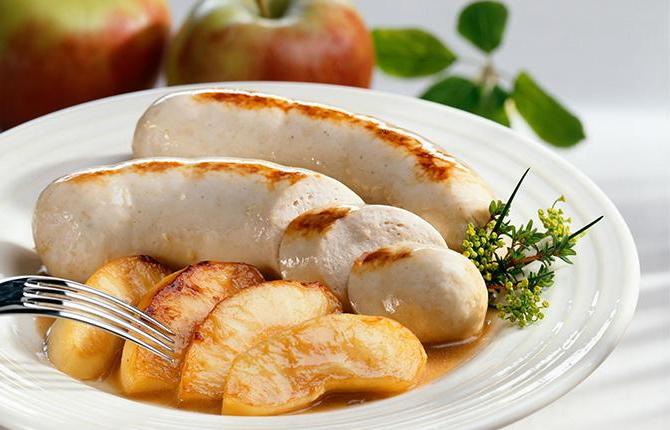
Unlike other sausages, Munich white sausages are not treated with preservatives, so there are special traditions for eating them. They are usually made fresh in the morning and must be eaten before the church bells ring at noon.
When eating, you remove the thick casing by hand, dip the sausage in sweet mustard, and enjoy it with a pretzel (Brezel) and white beer for an authentic Bavarian breakfast.
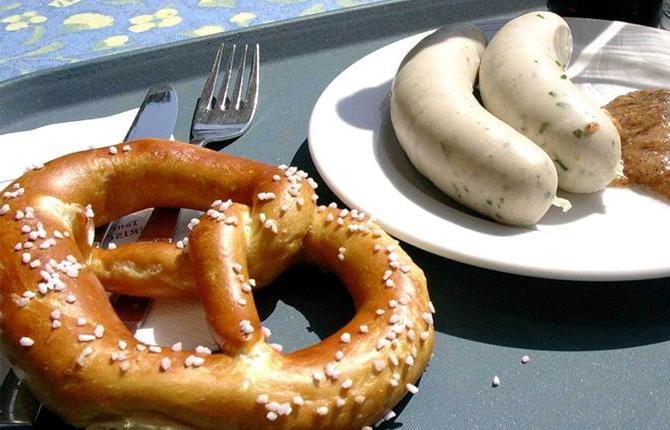
Frankfurt Sausages (Frankfurter Würstchen)
Frankfurt is Germany’s most important gateway to Europe, and while Frankfurt sausages might sound unfamiliar, Mouse Two will tell you they’re the famous hot dogs, instantly making you feel at home. Made from pork, they’re typically cooked in water for eight minutes. The eating method is familiar to everyone: in a cylindrical bun with mustard or ketchup, often served as a quick lunch.

Introduced to the US in 1900, they were immediately embraced by “time-saving” Americans, becoming a global sensation. In any public place in the US, especially at baseball games, you’ll see chubby spectators enjoying hot dogs while watching the game.
Leberwurst
Leberwurst is mostly made of pork, with liver comprising only 10-20%, but it has a smooth texture. It’s commonly seen at breakfast, with Germans spreading it on bread like jam, butter, or chocolate spread, offering a unique taste.
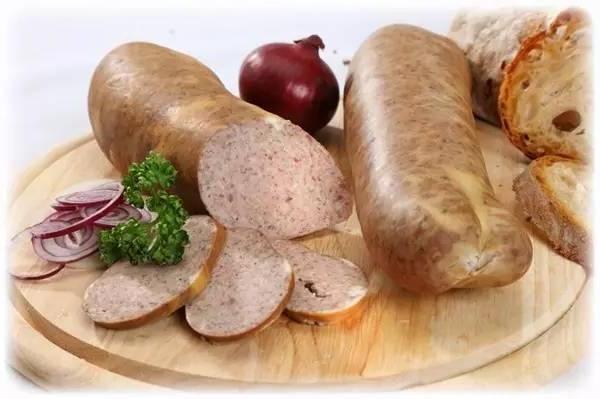
Different regions in Germany have their distinctive liverwurst, with Braunschweiger from northern Germany being the most famous, enriched with milk and eggs, making it an excellent match for bread.
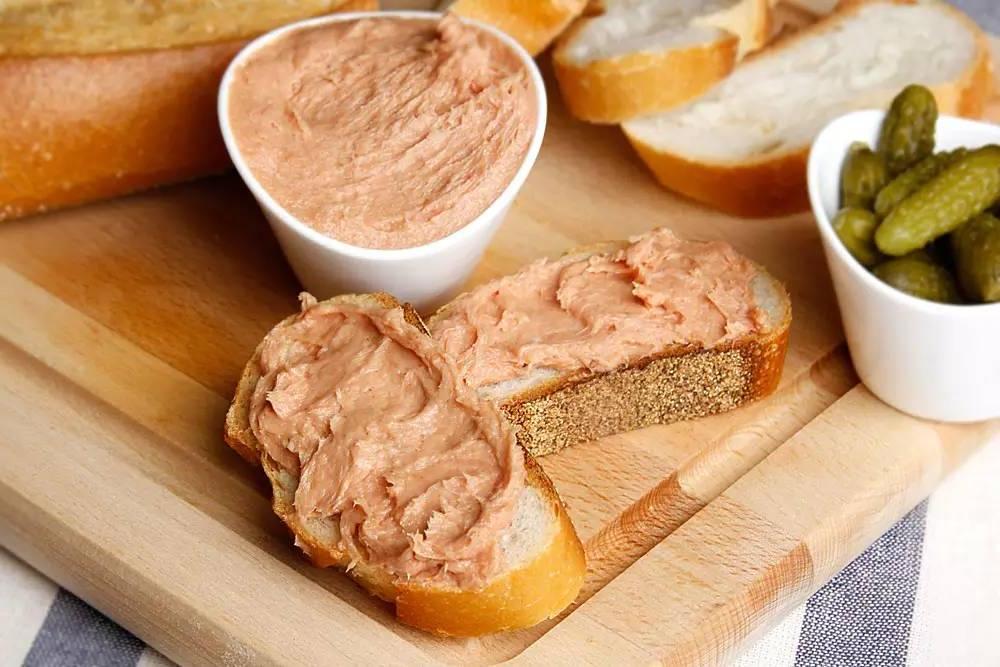
3、 Raw Sausages (Rohwurst)
As the name suggests, these are sausages made from raw meat. Due to Germany’s extremely strict standards for selecting raw meat, these sausages can be eaten raw, though they can also be boiled or fried for consumption.
Berlin Blood Sausage (Blutwurst)
This seemingly violent sausage is made from congealed pig’s blood, pork, fat, breadcrumbs, and oats, and can be served in a bun. In Austria, you might also find horse blood sausage.
Germany also has another type of blood sausage called Zungenwurst, where you can see chunks of pig or cow tongue when sliced. It can be eaten raw or fried with potato salad and sauerkraut.
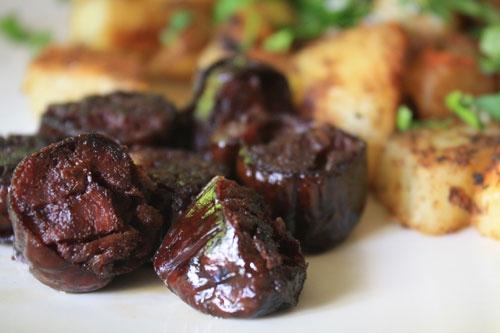
Kassel Old Meat Sausage (Ahle Wurst)
Originating from the Black Forest region, this raw meat sausage is meticulously prepared, typically dried for 3-12 months, then seasoned with bacon, salt, pepper, and various spices. Since the pigs in this region feed on acorns, the sausage has a slight sweetness.
